Japan's seaports play a crucial role in the development of trade, providing a solid foundation for the country's economic prosperity and international commerce. Japan's unique geographical location places its seaports on key shipping routes in Asia, connecting East Asia with the West. This makes Japan's seaports vital hubs for trans-Pacific trade, offering a convenient gateway for the import and export of goods.
Renowned for their modern and efficient cargo handling facilities, Japan's seaports boast advanced loading and unloading equipment, container processing systems, and automation technologies, enabling swift cargo transfers and enhancing overall transportation efficiency. Handling a diverse range of goods, from raw materials to finished products, Japan's seaports contribute to the country's balanced trade with various nations and regions. This diversity includes automobiles, electronic products, chemicals, machinery, and more.
In summary, Japan's seaports, with their strong partnerships with ports worldwide, facilitate smooth trade circulation. Direct shipping routes to ports in Asia, Europe, the Americas, and beyond further propelled the development of international trade. They serve as crucial conduits for global commerce.
Japanese Seaport
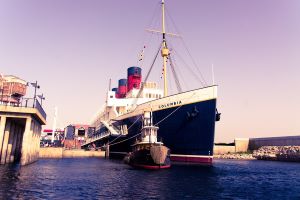 | Tokyo Bay Ports
|
Features: As a primary port in the Tokyo metropolitan area, the Tokyo Bay Ports have advanced facilities and deep water channels, supporting the entry and exit of large cargo ships and container vessels. Usage: Serving as a crucial node for international trade and logistics, this port is a major import and export hub for Tokyo and the surrounding regions, handling various types of goods, including petroleum, chemicals, automobiles, and consumer goods. | |
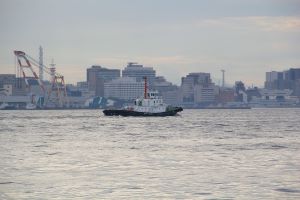 | Yokohama Port
|
Features: It is one of the largest man-made ports in Japan, characterized by deep water and suitable for large cargo ships and container vessels. Usage: As a major port in the Tokyo metropolitan area, Yokohama Port is a key transit point for Japan's import and export trade, handling a large volume of cargo. | |
Free Freight Quote from China to Japanese Seaport.
Renowned for their efficiency, cutting-edge technology, and strategic locations, Japanese Seaport plays a pivotal role in connecting Japan to the world. From the iconic Yokohama Port to the bustling Osaka Port, each holds a unique charm and contributes to Japan's economic progress. Explore the maritime excellence of Japanese seaports, where precision meets sustainability. With a commitment to environmental initiatives, these ports are paving the way for a greener and more sustainable future.
What are the recommendations for cargo crating at the Japanese seaport?
● Compliance Standards: Ensure that the packaging of goods complies with international and Japanese transportation standards and regulations. This includes proper packaging materials, secure packaging methods, and appropriate labeling.
● Weather-resistant Packaging: Considering potential weather and climate changes during transportation, choose weather-resistant packaging materials to ensure the safety of goods in different environmental conditions.
● Proper Padding: Use appropriate padding in packaging to prevent movement and damage to goods during transportation. Ensure that the goods are packed tightly to reduce vibration and collisions.
● Moisture Prevention Measures: If goods are sensitive to moisture, consider using moisture-resistant materials or adding appropriate desiccants to prevent goods from getting damp.
● Clear Labeling: Clearly label the content, quantity, and other necessary information on the packaging. This helps with customs declaration and tracking of goods.
These recommendations help ensure that goods reach Japanese seaports safely during transportation. Specific packaging requirements may vary depending on the nature and type of goods, so it's advisable to consult with a professional freight forwarder before packing.
Contact A Freight Forwarder Now
Do duties or taxes need to be paid for importing into Japan?
Goods imported into Japan through Japanese seaports may be subject to customs duties or taxes. As a major player in international trade, Japan employs a tariff system to regulate the import and export of goods via its seaports. The specific tariff rates and types of taxes depend on factors such as the nature of the goods, their origin, value, and applicable trade agreements.
Before importing into Japan, it is advisable to take the following steps:
1. Understand Commodity Classification: Determine which category your goods fall into according to the Japanese customs classification, as each category may have different tariff rates.
2. Check Applicable Tariff Rates: You can obtain information on the applicable tariff rates for your goods through the official website of Japan Customs or by consulting with professional freight agents.
3. Examine Applicable Trade Agreements: There may be trade agreements between certain countries that grant exemptions or preferential tariff rates. Find out if such agreements exist between your country and Japan.
4. Verify Other Taxes: Besides customs duties, there may be other taxes, such as consumption tax. Understand and confirm all relevant taxes applicable to your goods.
5. Consult with Professionals: Before engaging in import activities, it is advisable to consult with customs brokers, trade law professionals, or relevant agencies to get detailed information and advice.
What is the difference in transit time between FCL and LCL shipments to the Japanese seaport?
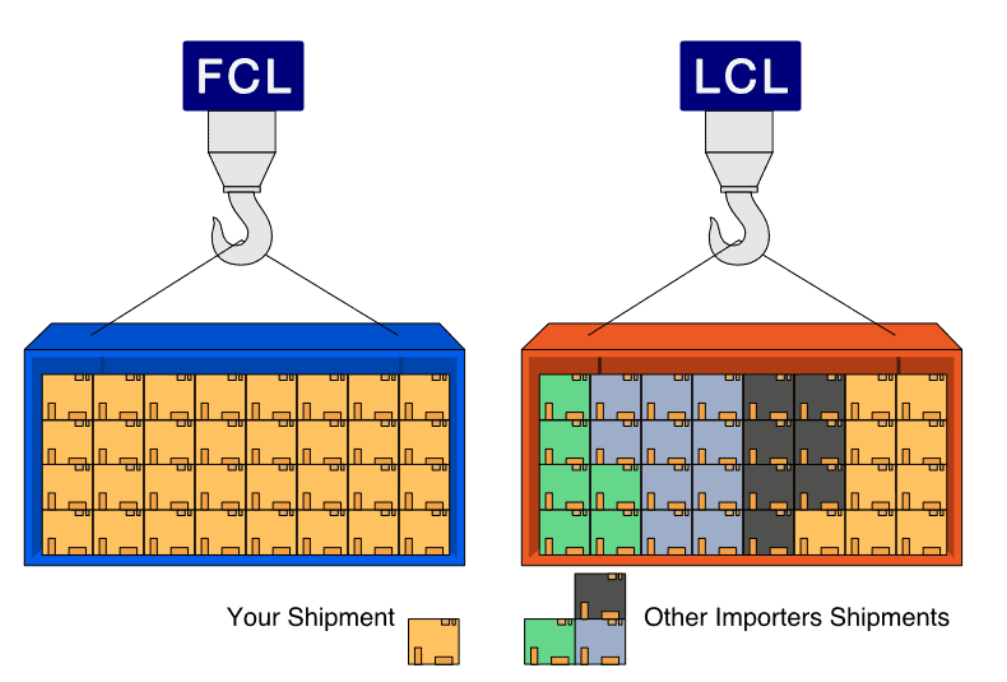
Divergent Processing Procedures:
FCL Shipments: Generally, FCL shipments, due to their independent nature, can be transported and processed more directly. They typically do not need to wait for other goods, resulting in relatively shorter overall processing times.
LCL Shipments: LCL shipments may have to wait in a warehouse until the container is filled with other goods. This waiting period can lead to longer processing times for LCL shipments.
Scheduling and Transportation Plans:
FCL Shipments: Shipping companies often adhere to fixed schedules and transportation plans. FCL shipments may more easily align with these predetermined schedules.
LCL Shipments: LCL shipments may need to wait until the container is full before they can be shipped. This flexibility can result in more varied scheduling changes and adjustments.
Delivery and Handling at the Japanese Seaport:
FCL Shipments: Since FCL shipments are transported independently, unloading and delivery at the Japanese seaport can occur more directly.
LCL Shipments: LCL shipments may undergo additional sorting and separation at the destination port's warehouse to facilitate delivery to different consignees. This additional processing can increase delivery times.
Choice of Transportation Mode to Japanese Seaport:
FCL Shipments: FCL shipments may sometimes choose direct routes, while LCL shipments may involve more transshipment and transfers, which can impact transportation time.
What are the major types of international shipping?
Full Container Load (FCL): This type refers to loading goods into a single container, with container lengths typically ranging from 20 to 45 feet.
Less than Container Load (LCL): LCL involves multiple goods sharing a single container and being separated at the Japanese seaport. This method is suitable for smaller quantities of goods.
Roll-on/Roll-off (RORO): RORO is a specialized transport method where trucks and other vehicles can be driven onto a vessel, securely assembled for the journey, and then driven off at the desired location. This is common when transporting large items such as vehicles.
Bulk Cargo Shipping: Used for transporting bulk goods like metal materials or aggregates, where the cargo can be dumped or spilled into the hold rather than being loaded into containers.
FAQS-Japanese Seaport
What are the port service charges at Japanese seaports in addition to freight charges?
Port service charges may include loading and unloading fees, docking fees, etc., which vary from port to port.
How can I track my shipment during transportation?
Cargo can usually be tracked on the shipping company's website using the bill of lading number provided.
JIKE Logistics: a leading freight forwarder shipping from China to Japan
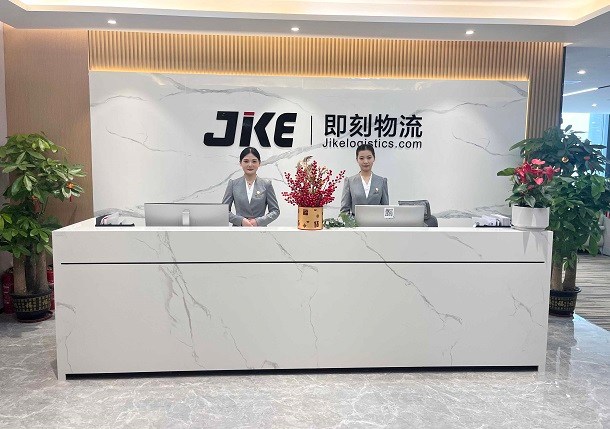
If this is your first experience with sea freight shipping from China to Japan, understanding international logistics can be challenging, and that's precisely why we've crafted this article for you. At JIKE, we aim to assist you in navigating through the complexities, potential extra charges, fraud, and misconceptions associated with ocean shipping. Our goal is to maintain clarity in each step to empower you with knowledge. However, you don't have to navigate sea freight alone, as JIKE is here to offer assistance whenever you need it. Just inform us about what you're shipping, its origin, and its destination such as the Japanese seaport and the airport. We'll tailor a freight forwarding solution from China to Japan to meet your unique requirements.
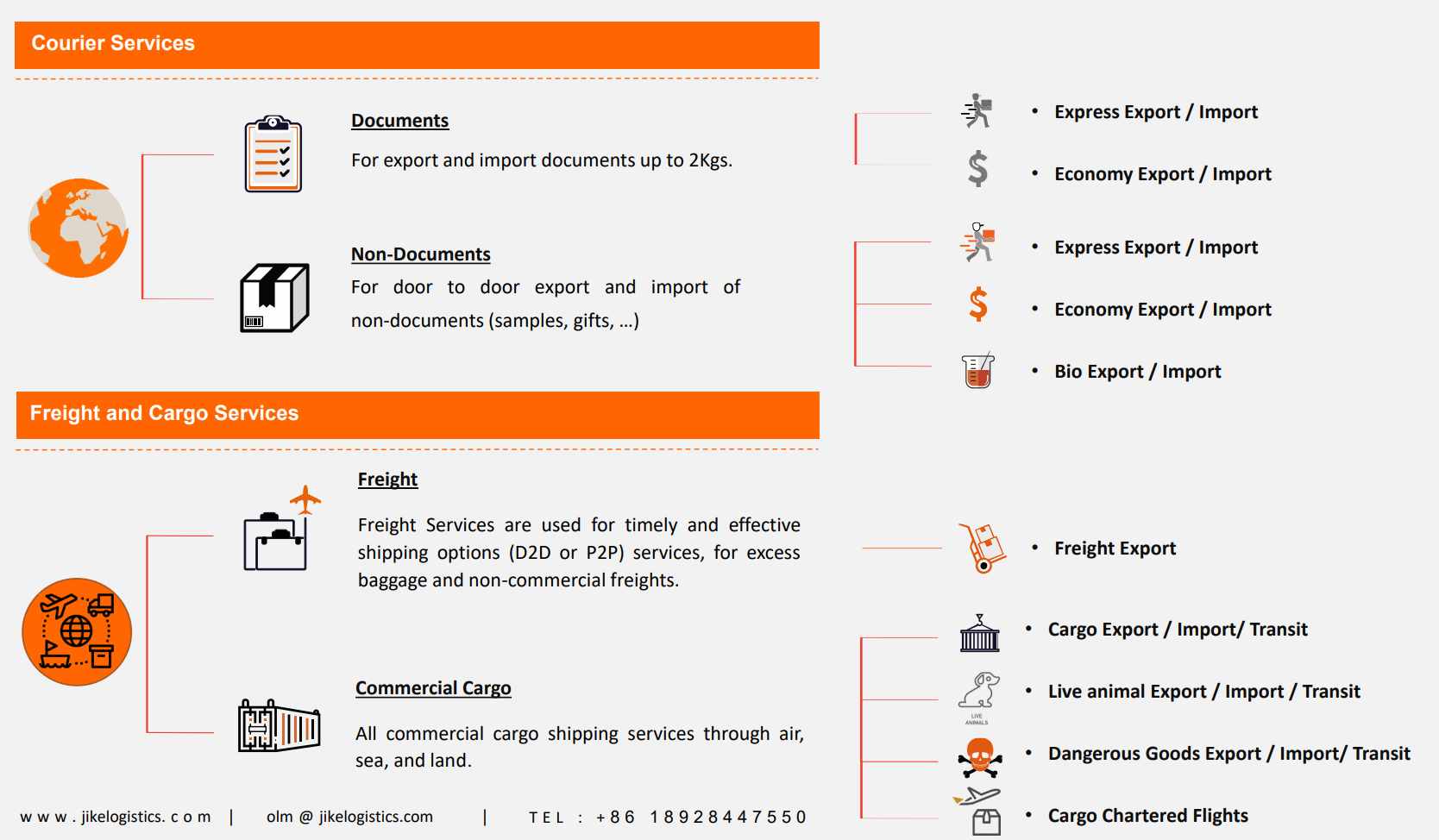
Related Articles
View all articles
Shipping From China To Japan: Air, Sea And Express
Need the shipping items to japan? Our detailed guide covers everything you need about air freight, ocean freight, express shipping modes, and export processes.
24 March 2023
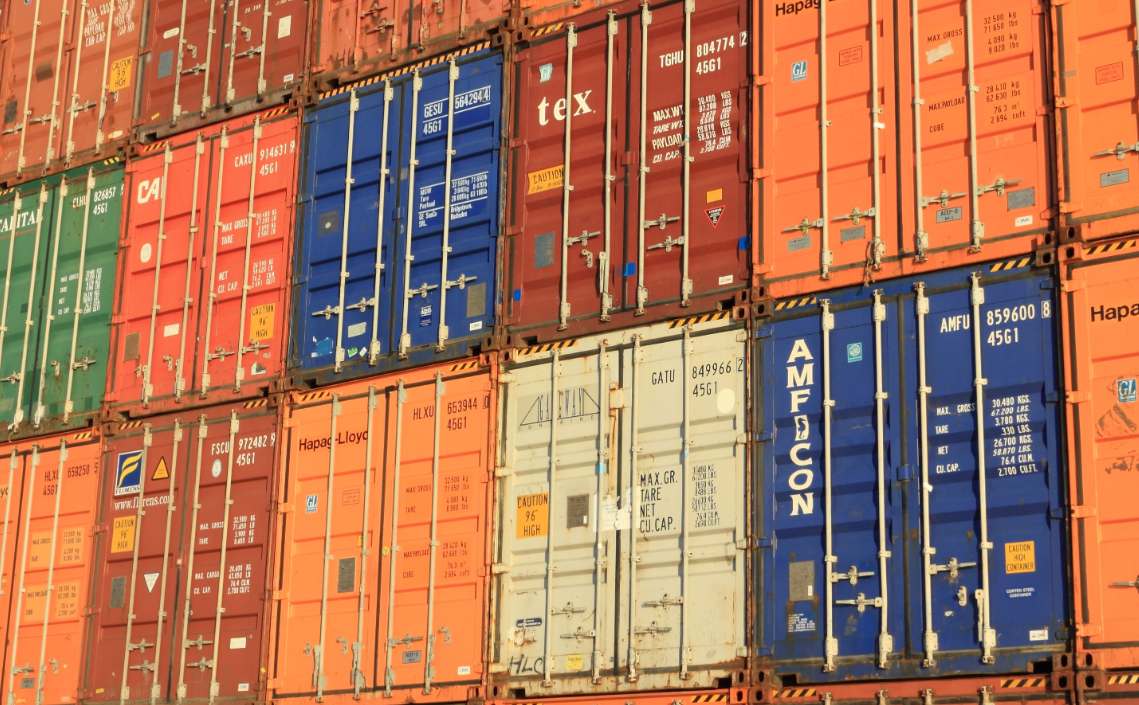
Container Devanning Guide – Definitions, Process and Costs
What is the definition and process of container devanning in the shipping industry? Learn how to optimize your logistics to increase productivity and save costs.
15 December 2023
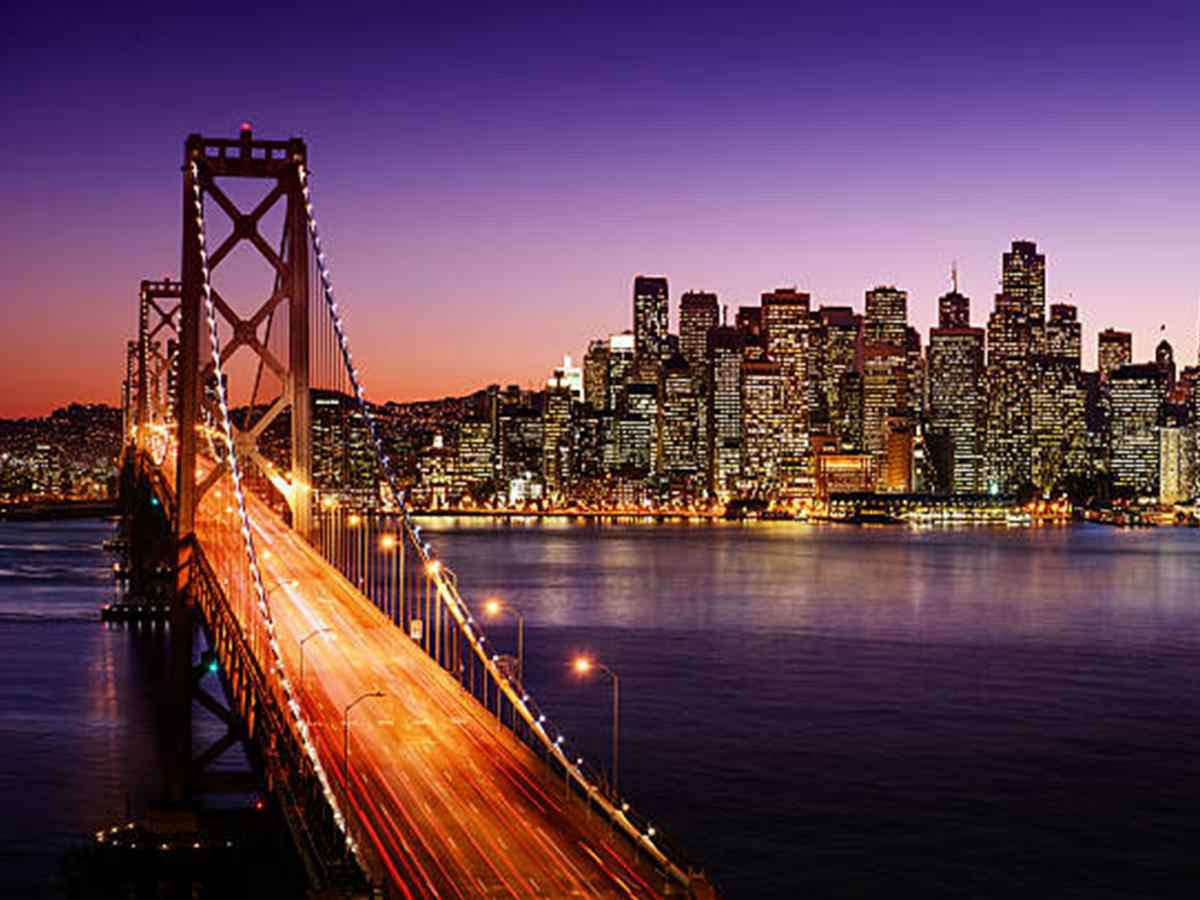
Global Trade Leader: Top 8 Freight Forwarders In California
This article will help you find the best freight forwarders in California, lower your shipping costs, and get your shipment to its destination faster and safer.
12 January 2024
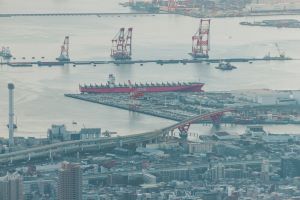

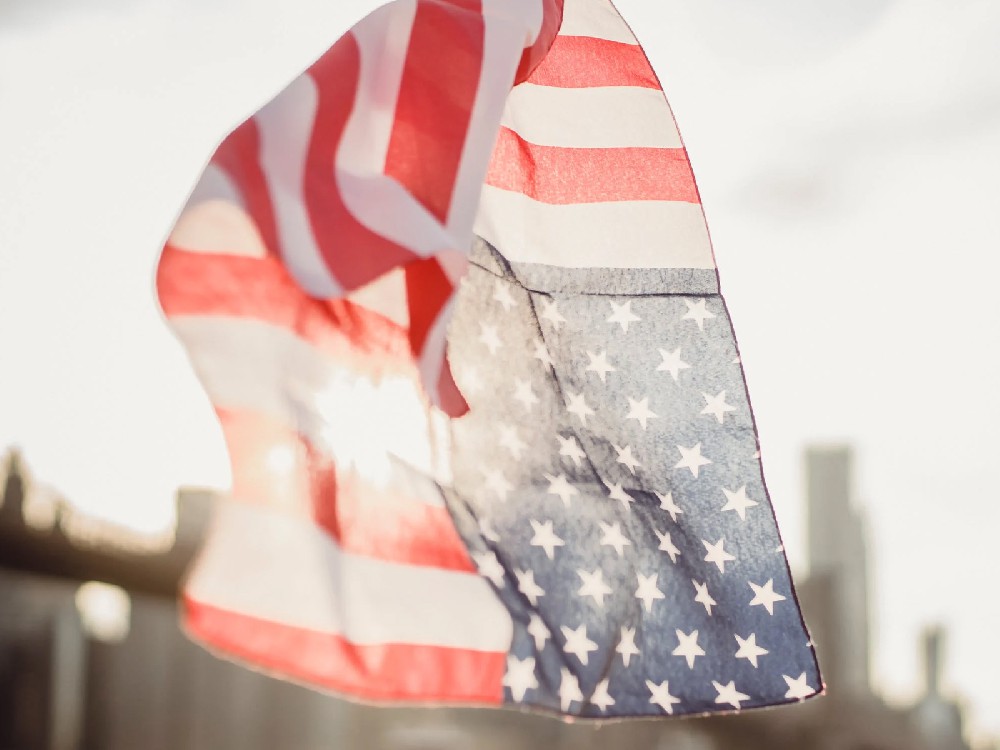

Consult Our Experts